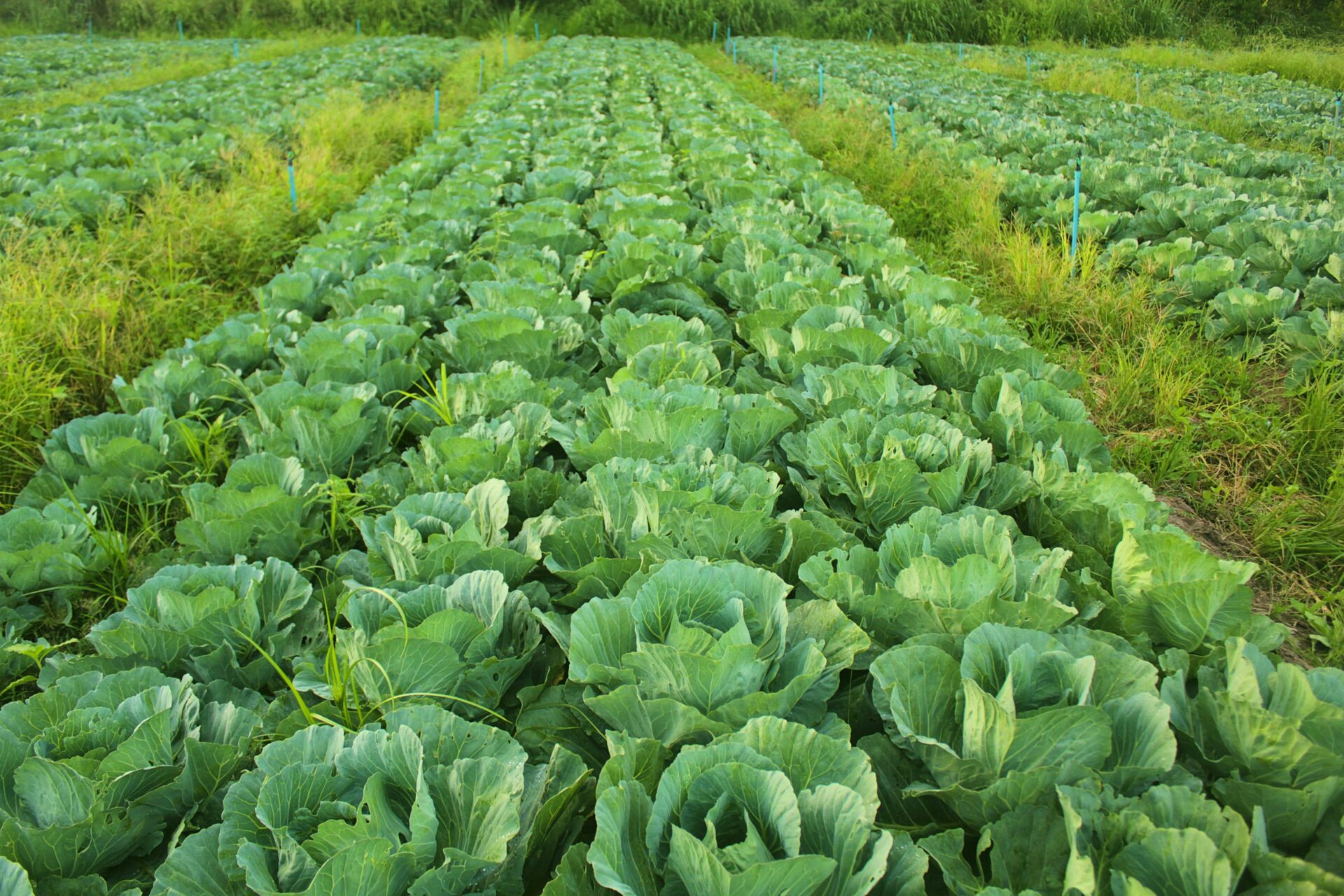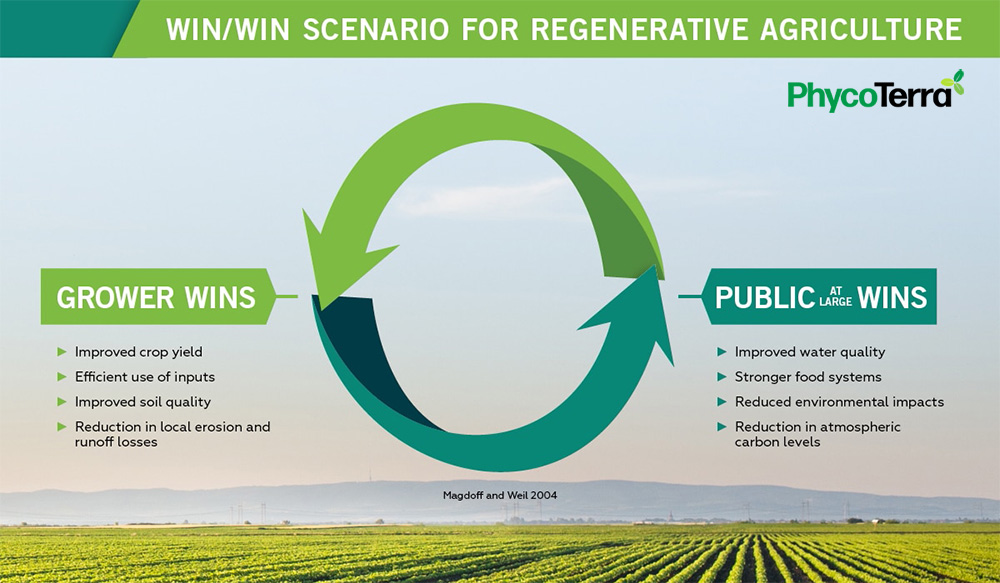Sep 11, 2025

Globally, agricultural soils have lost considerable amounts of carbon, particularly in the last 200 years (Sanderman et al. 2017). This is problematic as soil carbon imparts desirable properties to agricultural systems such as increased nutrient retention for plant use, elevated water holding capacity, and improved soil structure. Improved water penetration and decreased erosion are also associated with soils that have higher carbon level. Recent work among agricultural scientists and in the popular agriculture press have highlighted a new set of holistic management tools that can improve soil carbon and soil quality. These practices are termed regenerative agriculture.
Regenerative Agriculture is a Win/Win Scenario
Regenerative agriculture practices involve several key components that are designed to work in concert to restore, or regenerate, soil carbon and soil quality (link below). Reducing the disturbance of the soil system by limiting tillage is widely held as a key step in the regenerative process. https://csanr.wsu.edu/regen-ag-solid-principles-extraordinary-claims/
By reducing physical disruption, soil carbon builds up as organic matter and soil structure improves because an implement is not breaking it up. Another common practice is keeping the soil covered throughout the year, whether it is from a diverse blend of living cover crops or the leftover residues from a harvest (e.g., wheat straw, corn stover, etc.). The thought is that a covered soil is better able to resist wind and water erosion, which allows the field to regenerate further. Some practitioners advocate for animals on the field or a strictly organic approach, but this is not always possible due to crop choice and market opportunities.
Bottom line is that regenerative agriculture represents a win/win scenario for both the grower and the public at large. For the grower, improved soil carbon and soil quality can help produce crops with fewer fertilizer and pesticide inputs. For the public, regenerative agriculture can reduce the nutrient and sediment loading to local streams, which can improve regional water quality. Some experts believe that regenerative agriculture can help reduce atmospheric carbon, which may impact climate change. Thus, the system is a win/win scenario across multiple scales.

PhycoTerra + Regenerative Agriculture
Phycoterra fits the regenerative agriculture model as it helps drive a key component of a healthy soil system – the feedback between the plant and the soil microbial system. Phycoterra feeds the soil microbiome, which leads to measureable improvements, or regenerated, soil functions such as increased water holding capacity and plant nutrient availability. Aboveground, we also show consistent positive crop yield response with the use of PhycoTerra.
Our research at Heliae Agriculture has led to create a quality microalgae product for your regenerative agriculture program. To learn more about our Soil Microbe Food, PhycoTerra and how it enhances the marketable yield value and benefits the soil through increased carbon and water efficiency, click here.
Other Useful Links
Image
Magdoff, F. (Ed.), Weil, R. (Ed.). (2004). Soil Organic Matter in Sustainable Agriculture. Boca Raton: CRC Press, https://doi.org/10.1201/9780203496374